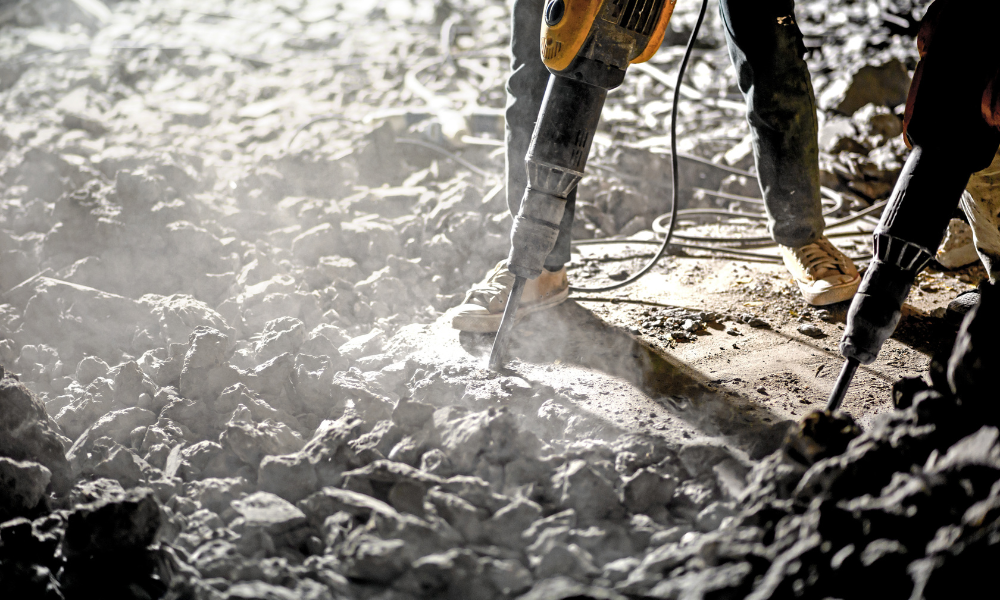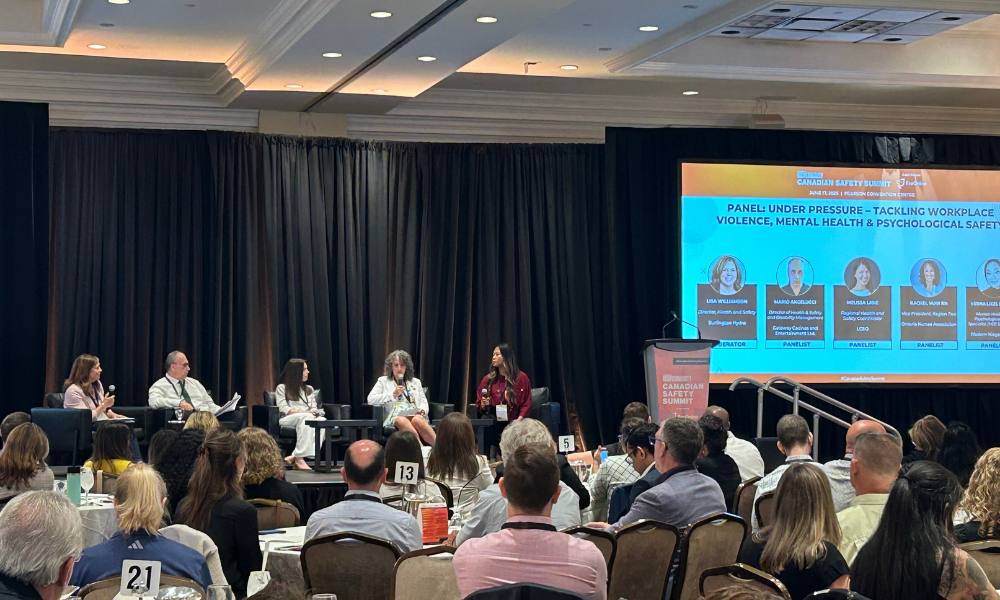AECOM's Gregg Ferris's career transition is symbolic of the industry's evolution

Gregg Ferris's journey from a hydrologist to a senior safety manager at AECOM is not just a career transition story, it’s reflective of the evolution of the infrastructure and environmental services industry. Speaking to COS, the senior SH&E Manager at AECOM says that his own career journey mirrors the ongoing shifts in industry demands and organizational expectations.
Gregg’s initial role involved surface modelling, a position that balanced desk work with field operations.
“It gave me the opportunity to do more than just sit behind a desk and look at the computer,” he says. “[I was] getting out into the field, wading through streams that eventually led to getting involved in drilling projects as well.”
And it was this blend of technical expertise and hands-on fieldwork that laid the groundwork for Gregg's understanding of the environmental and safety challenges in large-scale projects. His engagement with safety began somewhat by chance when Gregg joined the Joint Health and Safety Committee at his office.
“Safety was something at that had always piqued my interest,” says Gregg. “Going back 15 years ago, I didn’t really know much about it other than I had to have a safety plan before going out to a project site. There was training but I was never involved in development or asking the right questions.”
This soon changed, however, when Gregg’ passion for the intricacies of environmental safety bubbled to the surface. He soon started asking those important questions and bore witness to how much of a difference that made to the overall safety process.
“The safety team… their whole objective was to get out and talk to people,” he explains. “Our team is inward-facing, we don't provide client-based consultancies. So, it became, what do we want to teach our staff? How do we want to keep them safe? And I really liked that.”
Gregg’s transition into this more safety-focused role was marked by a passion for learning and development. As he tells COS, he pursued certification as an auditor and played a key role in achieving the Certificate of Recognition for AECOM's Ontario operations.
"I was asked by our regional director of safety to participate in that program as an auditor," he explains.
The defining moment in Gregg's safety career, however, came when he boldly stepped into a temporary safety coordinator role - a move that solidified his place in the sector.
"I walked up to [my manager] that day, and said I heard this individual is leaving - I want to apply for the job. His response was ‘I was waiting for you to ask’.”
And from there Gregg has really gone from strength to strength. At AECOM, a primary part of Ferris’ role is balancing adhering to global standards with customizing strategies to fit local needs. Something that’s achieved in part by analysing the data.
“One of things we've tried to focus in on, from a measurement standpoint, is digging down into the data itself. You can have these indicators where green is good and red is bad, and yellow is somewhere in between – but that doesn't always tell the whole story. Regardless of what the data says, we want to show [leadership] what’s really happening underneath.”
This means Gregg and his team often dig deeper into the data to identify any challenges or areas for improvement. To achieve this, communication and engagement is key. To address this, Gregg and his team are dedicated to fostering an environment where staff not only recognize and act upon safety and operational concerns but also feel compelled to document and share these actions with their peers.
Looking ahead to what the future holds for both AECOM and the sector at large, Gregg believes a digital and tech-driven approach will continue to dominate safety practices.
“Looking at the emerging technology, incorporating digital applications for our staff is going to be hugely important,” he tells COS. “We have a digital solutions team at AECOM, but our safety team is engaged in looking at developing technologies to support our staff. Right now, we're very heavily geared around field-based applications, ways to integrate tailgate meetings in a digital way as well as risk assessments in the field.”
And this transition to digital solutions is not just a nod to technological advancements – it’s a response to the changing demographics within the workforce.
“We've got a workforce coming in that are looking for more digital applications (phone or tablets),” adds Gregg. “Environmentally being able to remove the need for paper and hardcopy versions in the field - which are greatly impacted by not just weather but by being able to transfer that information at some point in time. However, if we develop something that was too onerous, that wasn't user friendly, we’ll get pushback. So, we're making sure to spend the time building out these apps, focusing in [how to make it simpler] for our employees.”





